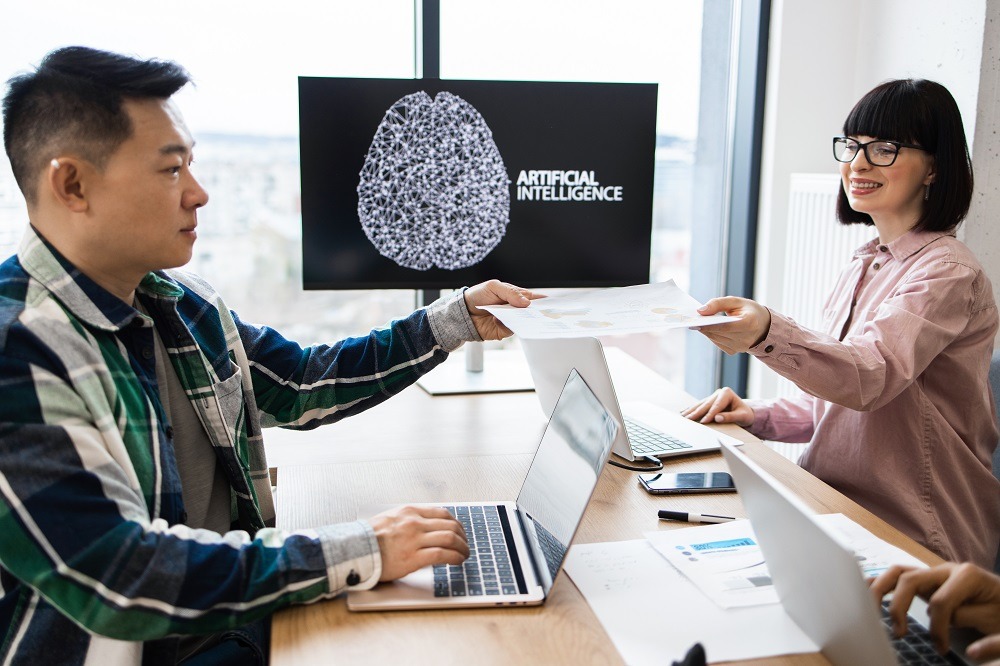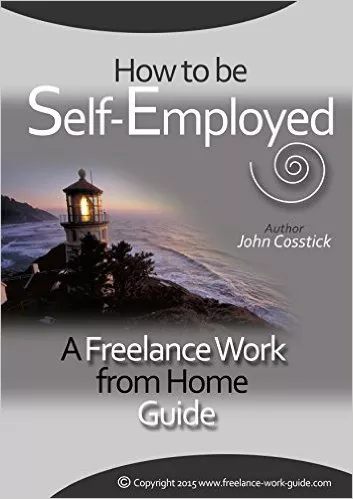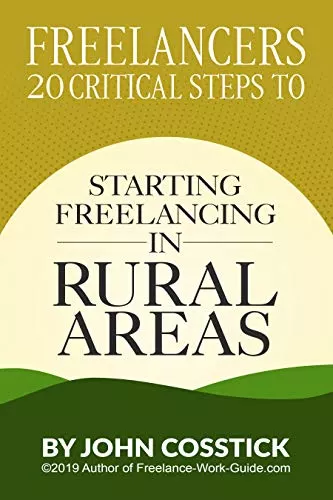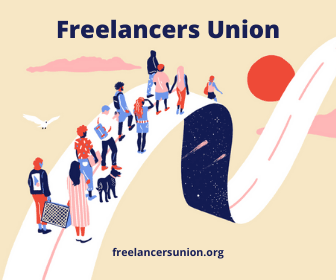Artificial Intelligence (AI) has revolutionized the creative world, ushering in new trends that empower designers to focus on creative decisions. Staying abreast of these trends is not important, it is empowering.
AI trends are not diminishing human creativity, they are enhancing it. With the ability to manage vast amounts of data, create designs, and predict trends, AI is a powerful ally for designers, reassuring them of a brighter, more innovative future.

Introduction to AI Design Trends
Knowing about AI design trends is essential for creatives. Using these trends can help businesses and individuals stand out and lead to innovative and captivating designs.
Key Takeaways
- AI design trends are transforming the creative industry
- Artificial intelligence design enhances human creativity
- AI design trends are not static; they are continuously evolving, offering new possibilities, and sparking excitement in the creative industry.
- AI can process vast amounts of data and generate designs. Design trends have the potential to drive innovation and growth.
- Understanding AI design trends is crucial for staying ahead in the industry
The Evolution of AI in Design: A Transformative Journey
AI in design has changed significantly, moving from simple automation to true creativity. This change came from better machine learning. Now, AI collaborates with designers, improving the design process.
The AI design industry has seen big steps forward, like generative models and AI in old design software. These steps have opened new ways for everyone to use innovative AI design.
- Enhanced design automation, enabling faster and more efficient workflows
- Improved collaboration between humans and machines, leading to innovative design solutions
- Increased accessibility to design tools, allowing non-designers to participate in the creative process
As the AI design industry grows, it is key to know about the latest trends. By using innovative AI design, businesses and designers can explore new ideas, helping them stay ahead in the game.
Current AI Design Trends Revolutionizing Creative Industries
Artificial intelligence is changing the design world with top AI design trends. These trends use machine learning to create new designs and automate tasks, letting designers concentrate on creative decisions while machines manage the rest.
Some major innovative AI design trends include GANs for realistic images, neural style transfer for artistic effects, and 3D models for architecture and product design. These trends keep growing, making design more exciting and opening new creative paths.
Key benefits of these trends include:
- Increased efficiency and productivity in the design process
- Enhanced creativity and innovation in design outputs
- Improved accuracy and precision in design details
The design industry will continue to evolve. We will see more innovative AI design trends that change the creative world and redefine the role of human designers.
Generative AI: Redefining Creative Possibilities
Generative AI has changed the design world. It lets us make new images, videos, and 3D models from old data. This tech uses machine learning in design to study big datasets and spot patterns. This way, it creates new, innovative designs.
Innovative design technologies like GANs and Variational Autoencoders (VAEs) have helped a lot. These tools are key to making generative AI work.
Generative AI is making a big splash in design. The future of AI design looks bright. Here are some areas where it is making a big impact:
- Text-to-image generation, which lets us make images from text prompts
- Style transfer and manipulation, which changes one image’s style to another’s
- 3D model generation, which makes 3D models from 2D images or text prompts
As generative AI improves, we will see even more cool uses in design. It is changing how we create and interact with designs. Generative AI is an exciting tech that will shape the future of design in AI.
The Role of Machine Learning in Modern Design Processes
Machine learning is changing the design world. It brings smart design trends that use AI to adapt and respond. The latest AI design trends show how machine learning is being used in design tools, making design more creative and efficient.
Designers can now focus on the creative parts. Design automation, a key role of AI in design, manages repetitive tasks, allowing designers to be more creative. This automation does not replace designers but rather enhances their capabilities and efficiency.
Machine learning helps designers by analysing lots of data. It gives them insights to make better decisions. Designers can use this to create designs that fit exactly what customers want.
- Enhanced creativity: Machine learning algorithms can generate new design ideas and suggest alternative solutions.
- Increased efficiency: Design automation through machine learning can reduce the time spent on repetitive tasks, allowing designers to focus on creative strategy.
- Personalization: Machine learning enables designers to create personalized designs that meet specific needs and preferences. However, this also raises concerns about privacy and data usage, which must be carefully considered and addressed in AI design.
The design world is constantly changing. We will see more cool uses of machine learning and innovative design trends. Designers who use these new tools will make designs that work well and look great.
AI-Powered Design Tools: A New Era of Creation
The AI design industry is changing fast. New tools and technologies are being made all the time. These tools can learn from what users say and change to meet their needs.
AI design tools can perform tasks independently, allowing designers to spend more time on the creative parts and making the design process faster and more efficient.
AI design platforms are being added to traditional design software. This mix brings AI insights into the design process and helps designers create new and practical designs.
Benefits of AI-Powered Design Tools
- Increased efficiency and productivity
- Enhanced creativity and innovation
- Improved design accuracy and precision
The AI design industry is growing. We will soon see more advanced tools and technologies. These will change the design world, helping designers make even better designs.
Ethical Considerations in AI Design
As AI design trends grow, ethics become more critical. Artificial intelligence design brings up bias, privacy, and job loss in many fields. Understanding the effects of design trends in AI is key to managing these ethics well.
The AI design trends community must focus on being open, accountable, and fair. This means using data checks, algorithm tests, and human review. These steps help ensure that artificial intelligence design is used ethically.
Some significant ethics in AI design are:
- Bias in AI algorithms
- Privacy concerns
- Job displacement
- Transparency and accountability
By tackling these ethics, we can use design trends in AI to improve our future. As AI design trends keep growing, keeping ethics first is vital. This way, artificial intelligence design will be developed and used responsibly and ethically.
Impact of AI Design Trends on Various Industries
The latest AI design trends are changing how designs are made and used in many fields. These changes come from the AI design industry. They focus on making things better, more personal, and more creative.
In different areas, AI design trends are used in different ways. But they all have a significant impact. For example:
- AI designs architecture and interior design. These designs match what clients want and the environment.
- Fashion and product design uses AI to guess trends and make designs just for you.
- Digital media and marketing use AI to make content automatically and improve marketing plans.
As the AI design industry grows, we will see more of the latest AI design trends and innovative AI design trends in more places. This will change the world of creativity.
The Human-AI Collaboration in Creative Processes
The combination of humans and AI in design is changing the game. With machine learning in design, people can make creative decisions while AI takes care of the routine. This combo lets designers try out new ideas, leading to fresh solutions.
The future of design in AI is bright, with AI helping, not replacing, human creativity. As AI improves, we will see tools that boost human skills without taking over the creative flow. Innovative design trends highlight the value of this partnership, where AI supports human talent without overshadowing it.
Benefits of working together in design include:
- More efficiency and productivity
- Bigger creativity and innovation
- Better accuracy and precision
In summary, the partnership of humans and AI in design could change the industry. By using machine learning in design, the future of design in AI, and smart design trends, designers can explore new horizons and create solutions that were once thought impossible.
Overcoming Challenges in AI Design Implementation
AI design is changing the creative world fast. New trends in AI design are coming up to solve the problems of using AI in design. One big issue is getting good data to train AI, which takes time and money. Solutions like cognitive design help by making data processing and analysis easier.
Some significant hurdles in using AI in design include:
- Technical limits, like how much computers can do and how much data they can hold
- The need for more skills, as designers must learn new things to work with AI
- The cost, including spending on AI tech and the people who use it
But AI design is always getting better. It brings new trends and solutions that help solve these problems. By using these solutions, designers can make the most of AI. This leads to better, more creative work.
Prospects of AI in Design
AI in design has opened new ways to be creative and innovative. Looking ahead, the AI design industry will keep growing. Top AI design trends and innovative AI design technologies will drive this growth.
Several areas will shape AI in design’s future. These include:
- Emerging technologies like augmented reality (AR) and virtual reality (VR)
- Predicted developments in AI-powered design tools and platforms
- Industry forecasts that suggest increased adoption of AI in design education and integration with other technologies like the Internet of Things (IoT)
As the AI design industry expands, we will see more innovative uses of innovative AI design technologies. With the rise of top AI design trends, designers and businesses will have many tools. These tools will help them create more efficient, effective, and innovative designs.
Best Practices for Adopting AI Design Tools
Knowing the latest AI design trends is key to staying ahead in design. Using artificial intelligence design tools can boost your creativity and work speed.
Here are some tips for using AI design tools well:
- Start with small-scale AI integration to evaluate its effectiveness
- Continuously monitor and adjust the AI system to ensure it meets your design needs
- Stay informed about the latest AI design trends and advancements in artificial intelligence design
By following these tips and keeping up with AI design trends, designers can fully use AI. This helps them make new and practical designs and better meet their clients’ changing needs.
Conclusion: Embracing the AI-Driven Creative Future
The AI design industry is growing fast. It is key to follow the AI design trends that change how we create. These trends show how machine learning can boost human creativity.
By using “AI design trends” in their work, designers and companies can find new ways to innovate, work more efficiently, and make things more personal.
The future of design is linked to AI’s progress. As AI trends evolve, designers must stay open and eager to use AI’s power. This mix of human creativity and AI can open new possibilities.
Designers can create experiences that amaze and motivate people. This is thanks to the “AI design trends” shaping our creative future.
The “AI design trends” promise a more exciting, adaptable, and tailored design world. By joining this AI-driven creative movement, designers and businesses can lead the way in innovation. They will offer top-notch solutions that connect with their audience.
FAQ
Q1: What are the key AI design trends shaping the future of creativity?
A: AI design trends are changing the creative world. They make design faster and more creative; new AI tools help humans and machines work together better. These tools use machine learning and can create images and 3D models. They are making significant changes in fields like architecture and fashion.
Q2: How has the evolution of AI in design progressed from basic automation to creative intelligence?
A: AI in design has grown a lot. At first, it performed simple tasks. But now, thanks to machine learning, it is a creative partner. Generative models and AI software integration are key. They mix human creativity with machine learning.
Q3: What are some current AI design trends revolutionizing creative industries?
A: Today, AI is significantly changing design. It can create designs, transfer styles, and create 3D models. Generative networks make images look real. AI is also automating design tasks, opening new possibilities in design.
Q4: How is generative AI redefining creative possibilities in design?
A: Generative AI is changing what is possible in design. It can make new content like images and videos. It uses machine learning to learn from data. Tools like GANs and VAEs are key to this. They help AI create new designs.
Q5: What is the role of machine learning in modern design processes?
A: Machine learning is key in design today. It automates tasks, predicts trends, and personalizes designs. AI makes designs adaptive and responsive. It also makes design tools more creative and efficient. Designers can focus on strategy and creativity.
Q6: How are AI-powered design tools revolutionizing the creative process?
A: AI tools are changing how we create. They offer solutions that learn and adapt and are being used with traditional software to improve design. AI automates tasks, letting designers focus on creativity and driving the AI design industry forward.
Q7: What are the ethical considerations in AI design?
A: As AI becomes more common in design, ethics matter. There are concerns about bias, privacy, and job loss. The AI design community must be transparent and fair. This ensures AI design trends evolve responsibly.
Q8: How are AI design trends impacting various industries?
A: AI trends are changing many industries. AI can create designs based on client wants, predict trends, and personalized designs in architecture and fashion. AI also automates content creation and optimizes marketing. These trends are being adopted widely.
Q9: How can designers and businesses effectively collaborate with AI in the creative process?
A: Designers and AI are working together in new ways. AI manages repetitive tasks, letting humans focus on creative decisions. This collaboration boosts human abilities without losing creativity. AI tools and trends are evolving to fit with traditional design.
Q10: What are the key challenges in implementing AI design solutions, and how can they be addressed?
A: Implementing AI in design faces challenges. There are technical hurdles, a skills gap, and cost issues. To overcome these, AI tech must advance, designers need training, and investments in AI are required. This will help make AI design tools more accessible.
Q11: What are the prospects of AI in design, and what emerging technologies are shaping this landscape?
A: The future of AI in design looks bright. Emerging tech like AR and VR will enhance design, and AI will also become more common in design education. Forecasts show the AI design industry will grow, driven by new trends and technologies.
Q12: What are the best practices for designers and businesses to adopt AI design tools effectively?
A: Adopting AI tools requires a plan. Start by understanding current trends and how they can help. Stay updated with the latest AI technologies. Begin with small AI projects and adjust as needed. This way, designers can fully use AI to boost their work.
Image Credit by Pro.Elements.Envato















